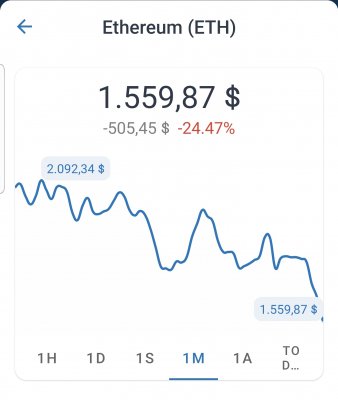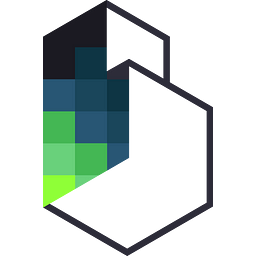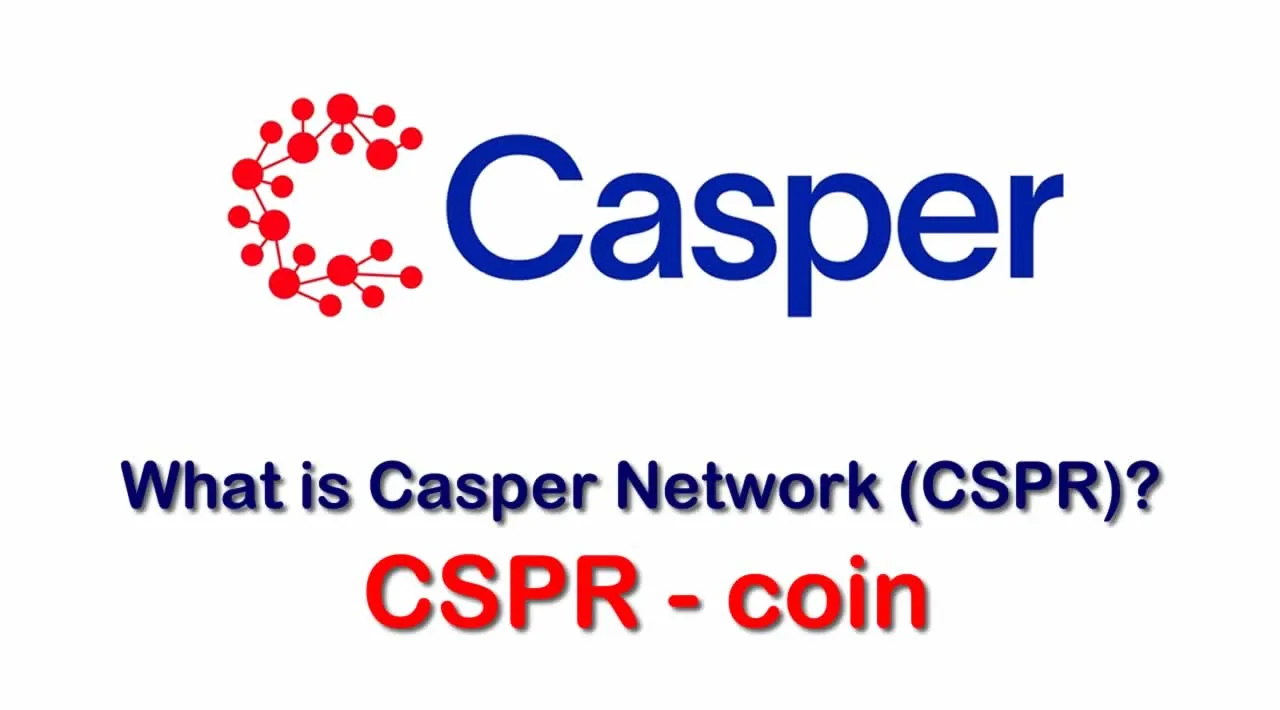sociedadponzi
never settle
Abro este hilo por si hay algun interesado mas en seguir el proceso del ecosystema Ethereum 2. Creo que es mejor entender las redes analizando ecosystemas, en vez de ir red por red de forma aislada. Si este hilo tiene algun tiron, podemos crear otros hilos para entender los ecosystemas polkadot, cosmos o avalanche. Lo que se busca es intentar identificar cual seran los lideres en blockchain los proximos anyos porque yo al menos ando perdido.
Hasta donde yo se, Ethereum 1 es una blockchain level 1 (L1) con minado PoW, vamos la fila amarilla en la imagen
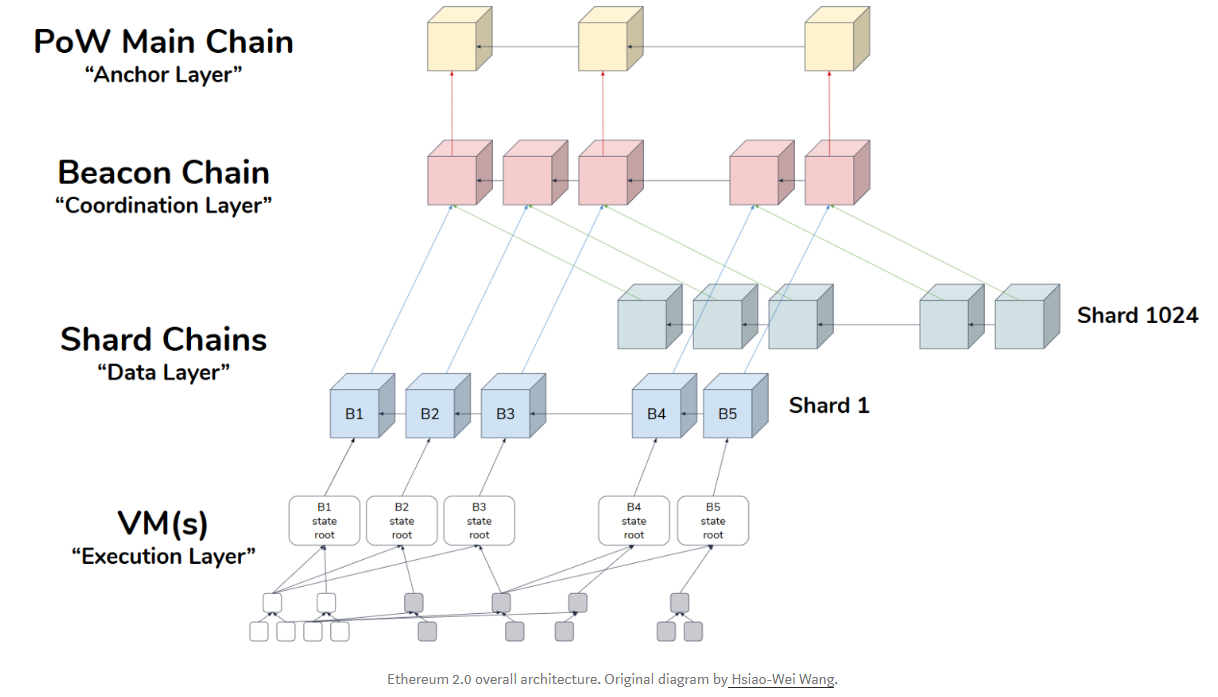
Y segun he entendido Ethereum 2 lo que va a buscar es convertir Ethereum en una blockchain Level 2 anyadiendo la red beacon (la fila roja) para buscar escalabilidad para las limitaciones de Ethereum 1 que todos conocemos. Luego va anadir las demas cosas, el sharding, las VMs (que yo no se lo que son)... convirtiendo Ethereum en una blockchain L2 y reemplazando el PoW por PoS.
La siguente imagen ilustra lo que seria el roadmap del proceso

Parece ser que ethereum de nuevo ha demorado el merge de Ethereum 1 con la capa beacon el mes pasado.
Y el caso es que el equipo de Ethereum no tiene el monopolio de su producto. Hay un monton de otras blockchains que tratan de conseguir una blockchain L2 escalando Ethereum L1 con diferentes estrategias: sidechains, plasma, channels, rollups (optimistic y ZK)...
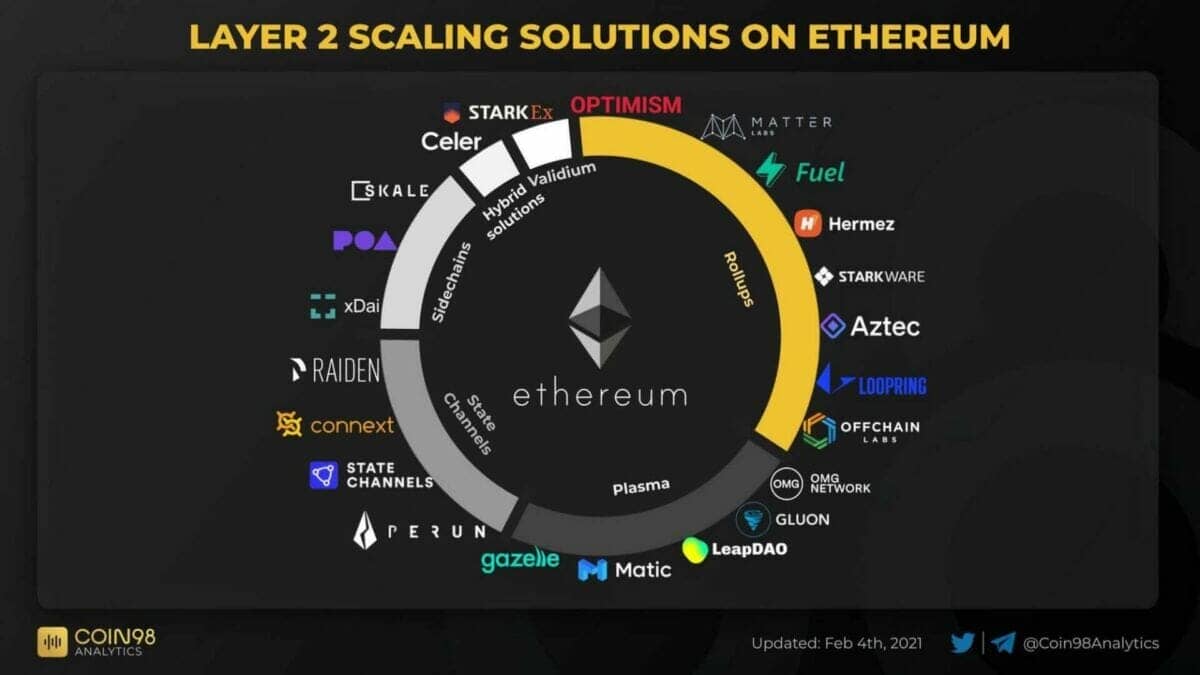
De hecho ya hay soluciones que ofrecen escalabilidad, fees y TPS de nivel L2 sin ser ethereum. Parece ser que la mas adelantada es Polygon MATIC, pero detras van arbitrium, optimistic y muchas otras. Asi que Ethereum 2 igual llega ya tarde.
Pues eso, me gustaria entender si ethereum puede competir con las otras blockchains construidas sobre ethereum L1 y en particular porque tiene tanto mercado si no esta demostrando solvencia tecnologica comparado con otros proveedores.
Aqui la foto completa de lo que seguira a The Merge
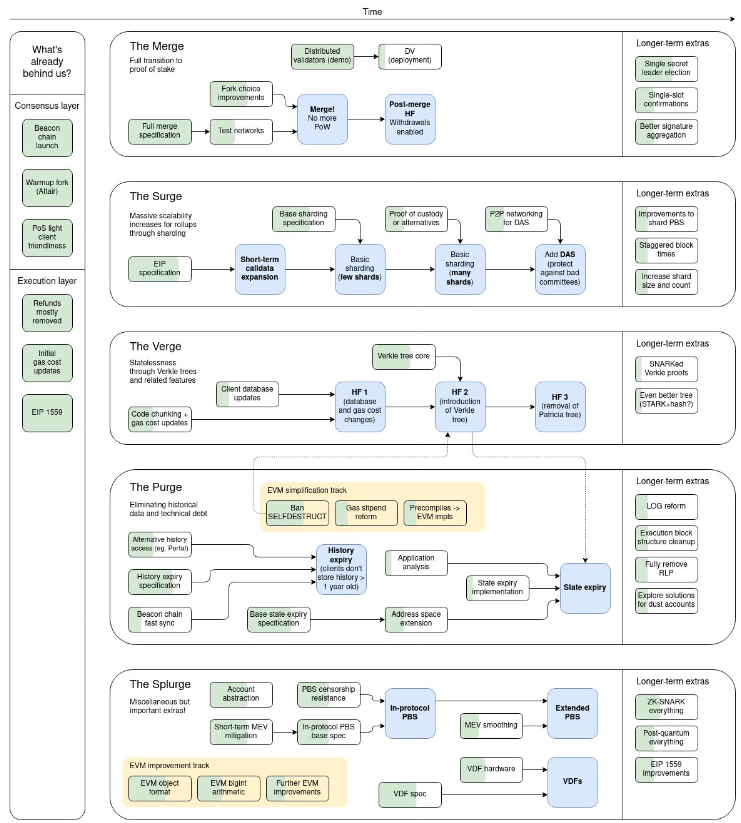
Hasta donde yo se, Ethereum 1 es una blockchain level 1 (L1) con minado PoW, vamos la fila amarilla en la imagen

Y segun he entendido Ethereum 2 lo que va a buscar es convertir Ethereum en una blockchain Level 2 anyadiendo la red beacon (la fila roja) para buscar escalabilidad para las limitaciones de Ethereum 1 que todos conocemos. Luego va anadir las demas cosas, el sharding, las VMs (que yo no se lo que son)... convirtiendo Ethereum en una blockchain L2 y reemplazando el PoW por PoS.
La siguente imagen ilustra lo que seria el roadmap del proceso
Parece ser que ethereum de nuevo ha demorado el merge de Ethereum 1 con la capa beacon el mes pasado.
Y el caso es que el equipo de Ethereum no tiene el monopolio de su producto. Hay un monton de otras blockchains que tratan de conseguir una blockchain L2 escalando Ethereum L1 con diferentes estrategias: sidechains, plasma, channels, rollups (optimistic y ZK)...

De hecho ya hay soluciones que ofrecen escalabilidad, fees y TPS de nivel L2 sin ser ethereum. Parece ser que la mas adelantada es Polygon MATIC, pero detras van arbitrium, optimistic y muchas otras. Asi que Ethereum 2 igual llega ya tarde.
Pues eso, me gustaria entender si ethereum puede competir con las otras blockchains construidas sobre ethereum L1 y en particular porque tiene tanto mercado si no esta demostrando solvencia tecnologica comparado con otros proveedores.
Aqui la foto completa de lo que seguira a The Merge

Última edición:

